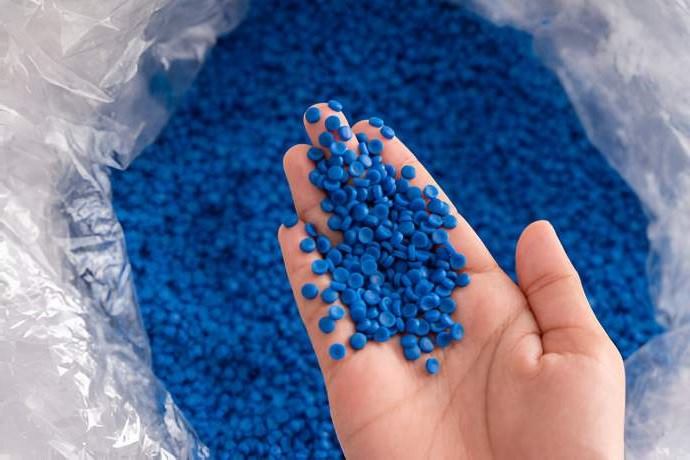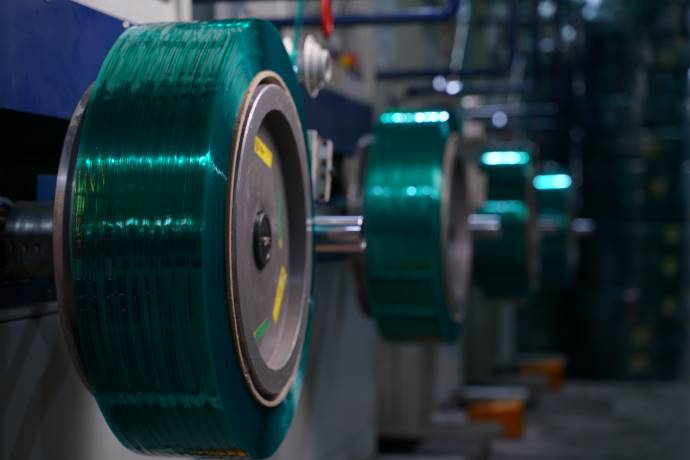
Custom molds - Soft Plastics - custom soft plastic molds
Author:gly Date: 2024-10-15
Prototype molds for its evaluation as an injected molded part and to test the mold design before an expensive multicavity production mold is built. Molded samples will have the exact look and feel as the final product and can be subjected to the expected stresses, wear and environment tests. This may not be always possible with a rapid prototype since the physical properties of the rapid prototype will not be the same as those of the final product.
Maintaining temperatures becomes a crucial process to ensure smooth flow and prevents material degradation during the HDPE injection molding process. You can maintain the temperatures between 180°C to 230°C to achieve the goal.

High-density polyethylene (HDPE) is a versatile and durable thermoplastic material widely used in various industries.One of the most efficient methods of producing HDPE products is through injection molding.Understanding HDPE Injection MoldingHDPE injection molding involves melting the HDPE material and injecting it into a mold cavity to create specific shapes.This process is crucial for manufacturing a range of products like plastic bottles, containers, pipes, and automotive parts.Advantages of HDPE and Injection MoldingCost-Effectiveness: HDPE and its injection molding process are economical. So, it is appealing for manufacturers aiming to cut costs without compromising quality.Customization: HDPE injection molding allows for complex shapes and precise details. It is ideal for custom parts with specific dimensions.Durability: HDPE products are known for their strength and ability to withstand stress, making them suitable for various applications.Environmental Resistance: HDPE resists chemicals, UV light, and environmental factors, making it perfect for outdoor and industrial use.Recyclability: HDPE is 100% recyclable. So, it will reduce the need for virgin materials and minimizing waste.Learn More : Recycled HDPE vs. Virgin HDPE - A Comprehensive ComparisonA Summary HDPE Injection Molding ProcessThe process involves several steps:Mixing and Melting: HDPE pellets are melted at controlled temperatures in the injection molding machine.Injection: The molten HDPE is injected into a mold cavity, taking its shape.Cooling and Solidification: The mold cools, solidifying the HDPE into its final shape.Post-Processing: Products undergo trimming, sanding, or polishing for desired properties.Read the solution to your HDPE product manufacturing problems here.Maintaining Optimal TemperatureMaintaining temperatures becomes a crucial process to ensure smooth flow and prevents material degradation during the HDPE injection molding process. You can maintain the temperatures between 180°C to 230°C to achieve the goal.Applications of HDPE Injection MoldingHDPE is used in:Consumer Goods: Toys, storage containers, and sporting goodsPackaging: Bottles, containers, and bins.Automotive Parts: Fuel tanks, pipes, and fittings.Construction: Plastic sheets, pipes, and geomembranes.Industrial Components: Pipe thread protectors, construction products, and hardware.Choosing HDPE for Your Injection Molding NeedsHDPE is an excellent choice due to its versatility, cost-effectiveness, and superior properties. Langgeng Jaya will help you to choose the right HDPE granules and flakes for your injection molding needs.Learn more about HDPE Injection Flakes/Granules and enhance your manufacturing process today!
HDPE injection molding involves melting the HDPE material and injecting it into a mold cavity to create specific shapes.


This process is crucial for manufacturing a range of products like plastic bottles, containers, pipes, and automotive parts.
HDPE is an excellent choice due to its versatility, cost-effectiveness, and superior properties. Langgeng Jaya will help you to choose the right HDPE granules and flakes for your injection molding needs.
A rapid prototype will illustrate design and intent better then any drawing or description, whether you are talking with an engineer that has a good technical background or with somebody that has no manufacturing knowledge, the prototype will simplify the communication process. Whether it is the first time a product is made or if there are questions about the functionality of some of the product features, rapid prototyping could help saving time and money. Prototypes remove the need for guesswork.
Prototypes allow design verification and testing fit and can detect costly errors before it becomes very time consuming and expensive to ‘fix it’ (when it is possible to fix it). Some customers decide to skip this step of product development and in some instances it might be okay to do so. When the product requirements are not tight it may be acceptable. However, on the other hand whenever the final product will have to meet tight tolerances, or will be part of assemblies where several features will have to fit together or if there is little experience on the best way to mold the part , building a rapid prototype or a prototype mold could be a life saver. At Accurate Plastics & Mold Co. we can help with two forms of prototypes:
Because the prototype mold is not mean for production, it can be manufactured at less costs and may even be a hand run tool keeping its cost low.
GETTING A QUOTE WITH LK-MOULD IS FREE AND SIMPLE.
FIND MORE OF OUR SERVICES:


Plastic Molding

Rapid Prototyping

Pressure Die Casting

Parts Assembly



